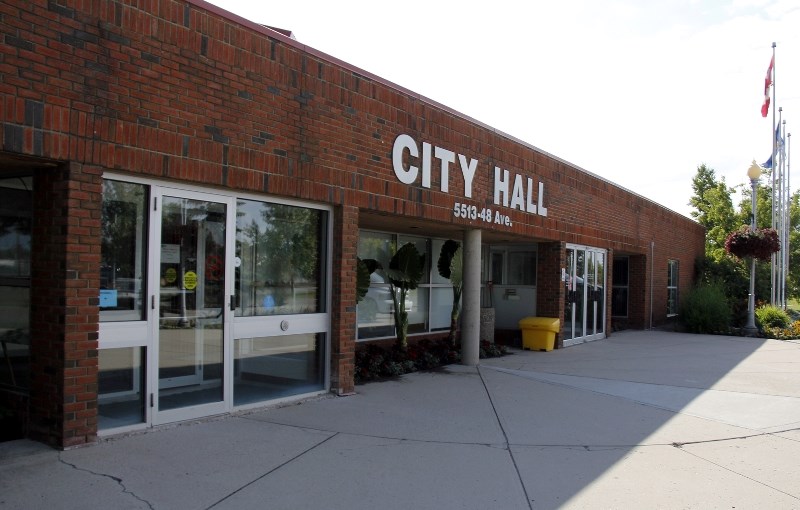Local municipalities will be getting a better idea of where they sit on the risk list after the implementation of two new provincial programs.
“Municipal Affairs is coming out with two new programs to measure performance and accountability of municipalities,” explained Linda Mortenson, general manager of community services for the City of Cold Lake.
The first is called the Municipal Accountability Program (MAP), which involves provincial inspections and reviewing municipal processes. The MAP is specifically geared towards municipalities with 5,000 residents or less.
The program that will affect the City of Cold Lake is the Municipal Indicators Program (MIP).
The MIP will calculate the percentage of municipalities that are deemed to be at risk based on financial, governance, and community indicators, which are calculated using formulas applied to data collected by the ministry.
They will look at information provided annually by municipalities across the province through audited financial statements and financial information returns. The province will also consider municipal election results, information provided by municipalities following the completion of a municipal census, and the number of instances where the Minister of Municipal Affairs is required to intervene because a municipality is disobeying the Municipal Government Act (MGA).
“Municipal Affairs is showing their real cards that they don’t really want to deal with municipalities that need to dissolve and move on,” expressed Mayor Craig Copeland.
During their corporate priorities meeting on Tuesday, May 16, council discussed the program and what it could mean to the city.
In total, there are 13 municipal indicators that are intended to measure a certain aspect of a municipality’s governance, finances, or community.
Some of the ones highlighted by council were the tax base ratio, tax collection rate, debt, interest in municipal office, and the infrastructure investment asset sustainability ratio.
“If you have three or more of these risk items or of these indicators, you will be put on the risk list,” explained Mortenson.
At this time, Municipal Affairs hasn’t detailed how they will publicize which communities are at risk in which areas, but Mortenson said their overall goal is to make it “more transparent to the public.”
The information Municipal Affairs is working with isn’t up-to-date. For the 2018 MIP, they will be using data from 2016.
“That’s pretty old. To make a risk list based on 2016 is fairly old,” Mortenson expressed.
When reviewing the MIP, Mortenson evaluated the city based on their 2017 data.
“We haven’t triggered any of them in our 2017 financial statement. The ones we do feel may become a problem for us is the tax collection rate, which is very good, except for the Payment in Lieu of Taxes (PILT) appeal,” she noted.
The MIP expects municipalities to collect at least 90 per cent of the municipal taxes levied in any given year.
It also indicates a municipality’s residential and farmland tax revenue should account for no more than 95 per cent of its total tax revenue. Anyone over the 95 per cent is considered at risk.
“That’s incredible. That’s coming from people that don’t run municipalities,” Copeland said. “To set the bar so high at 95 per cent, it’s laughable.”
The only silver lining, Copeland expressed, is the creation of these programs means Municipal Affairs will be travelling the province a lot more.
“When I read this, the only encouraging part that I thought was there is Municipal Affairs and it’s 416 employees were actually going to get out of Edmonton and visit Alberta. I’m encouraged by that.”



